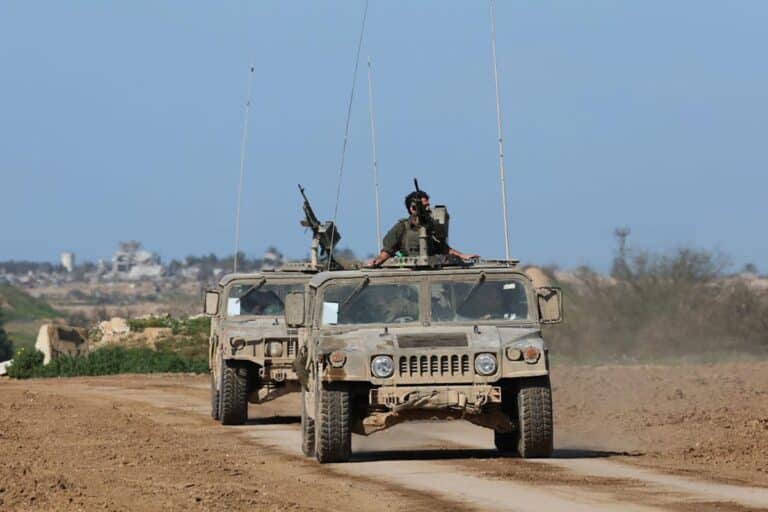
The war between Hamas and Israel has surpassed 130 days, with each week bringing new stories of tragedy, but also hope.
Here are the main stories from this past week.
1. Two hostages rescued in daring mission
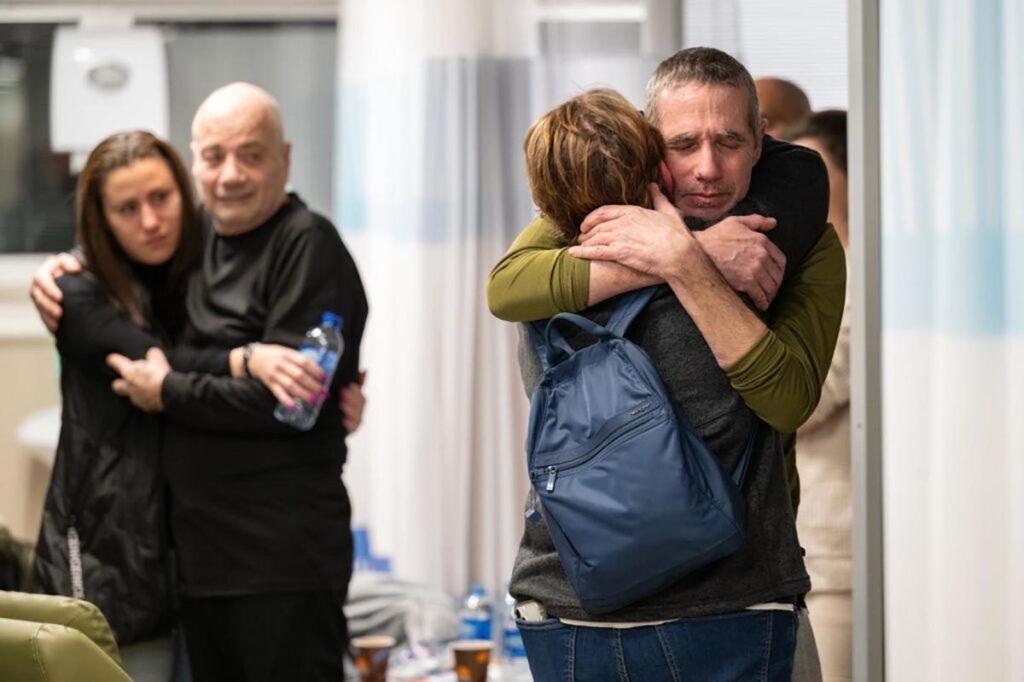
On Sunday, in the dead of night, Israeli special forces burst into a building in Rafah, finding Louis Har and Fernando Marman — two Israelis taken hostage by Hamas from Kibbutz Nir Yitzhak on Oct. 7 — in a second-floor apartment surrounded by armed Hamas terrorists.
The special forces grabbed the two Israelis and shielded them with their own bodies as they exchanged fire with terrorists who were in the building and terrorists who began firing from nearby buildings.
The special forces successfully escorted Louis and Fernando to a safe zone where they were airlifted by Unit 669 to Sheba Medical Center in Tel Hashomer in healthy condition. Read more about the IDF’s daring rescue mission.
At Tel Hashomer, they reunited with their loved ones and were released from the hospital a few days later.
Digging deeper: While the successful operation resulting in two hostages’ release was met with joy in Israel, it served as a reminder that there are still 134 Israeli men, women and children who remain in Hamas captivity. Efforts to bring them home, either through a negotiated deal or additional rescue missions, are slow-going.
2. Future of hostage talks remain murky
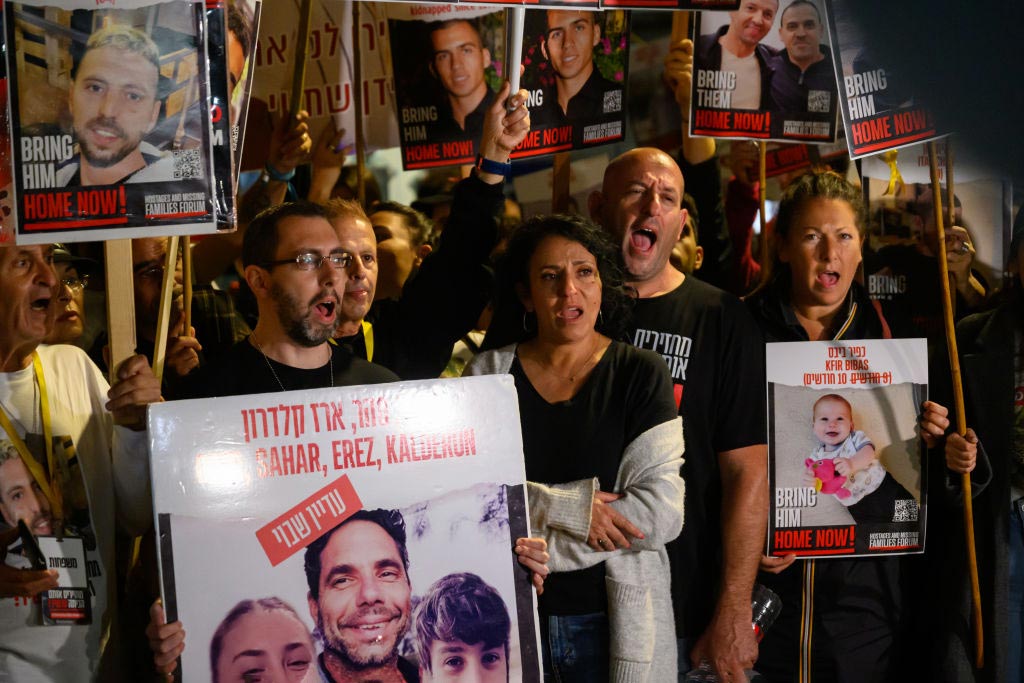
An Israeli delegation led by Mossad chief David Barnea, Shin Bet head Ronen Bar, and Netanyahu’s foreign policy adviser Ophir Falk traveled to Cairo this week to continue efforts to reach a ceasefire and hostage release deal with Hamas. However, after the delegation returned on Tuesday, it appeared that the talks had hit a brick wall.
Hamas continues to insist that any agreement include a full withdrawal of Israeli forces from Gaza, a complete end to the war, and a significant release of Palestinian prisoners.
The offer currently on the table includes a three-stage deal: an extended pause to the war, the gradual release of prisoners and hostages, and an increase in humanitarian aid. However, Israel and Hamas are still at odds over major parts of how such a deal would work and its ultimate outcome.
What happens next: Due to Hamas’ demands, on Wednesday, Prime Minister Benjamin Netanyahu instructed the Israeli delegation not to return to Cairo for any further negotiations until Hamas backs down. In the meantime, the talks have somewhat stagnated, although both Israeli and Western officials insist that the efforts are still not hopeless.
3. Spotted! IDF releases footage of Yahya Sinwar inside Gaza tunnels
The IDF released footage of Yahya Sinwar, the head of Hamas in Gaza who orchestrated the Oct. 7 attacks, inside a tunnel under Gaza shortly after the war began.
The video, captured by a security camera, shows the Hamas chief and his family being led through the tunnels by one of his relatives.
Unveiling the footage to the public, IDF Spokesperson Daniel Hagari stressed at a press conference that the IDF is gathering large amounts of intelligence amid the war and will capture Sinwar, dead or alive.
Why it matters: Sinwar is considered to be the mastermind of the Oct. 7 massacre. Since the beginning of the war, he has been the central target in the IDF’s operations and is believed to be hiding in the tunnels somewhere in southern Gaza. While the footage is old and unlikely to provide useful information about where Sinwar is now, it does hint at the immense amount of intelligence materials the IDF has been able to collect.
4. Escalation on the northern front
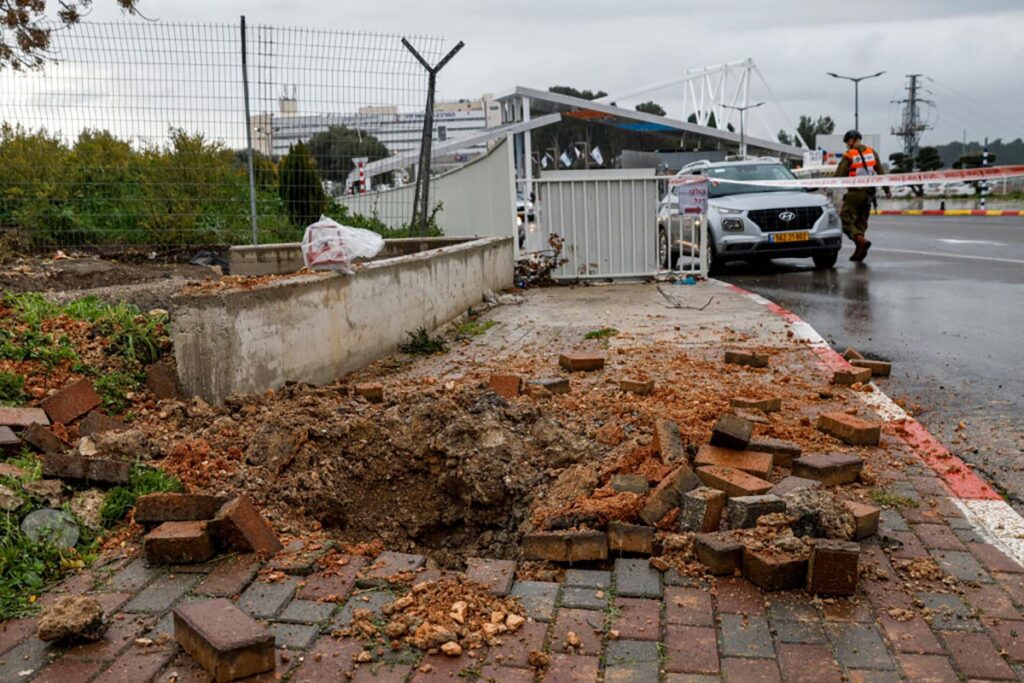
On Wednesday, several rockets were fired toward the Tzfat (Safed) area, hitting an IDF base and killing a soldier.
The IDF responded with extensive airstrikes in southern Lebanon in which over 11 people were killed, including at least six Hezbollah members, according to Lebanese reports.
On Thursday, the IDF announced that it had killed Ali Muhammad Al-Dabs, a central commander in Hezbollah’s elite Radwan Forces who was responsible for a roadside bombing in Megiddo last year, among other terror attacks.
While Hezbollah has not taken responsibility for the rocket fire, they’re likely the only group in Lebanon with the capabilities to conduct such an attack. Hezbollah leaders have warned that “there will be a response” to the Israeli strikes conducted on Wednesday.
Why it matters: The intensive exchange of fire appeared to mark a new stage in the growing escalation between Israel and Hezbollah. Israeli Defense Minister Yoav Gallant stated that the IDF had decided to go “up a step” against Hezbollah in response to the rocket fire, and would carry out more severe strikes.if Hezbollah continued its attacks.
5. U.S., Arab states move forward on recognizing Palestinian state
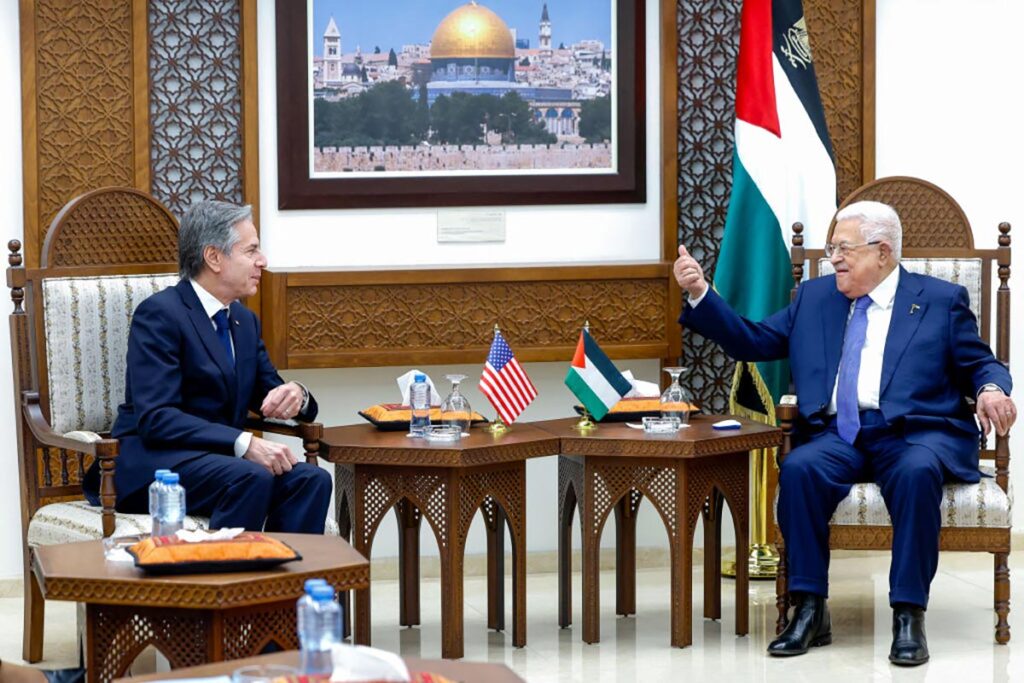
As the Israel-Hamas war continues and ceasefire talks stall, the U.S. and several Arab states are reportedly looking into unilaterally recognizing a Palestinian state.
The U.S. is working on a plan for long-term peace between Israel and the Palestinians, including a deadline for the formation of a Palestinian state, according to reporting by The Washington Post.
Jordan, Egypt, Qatar, Saudi Arabia, the United Arab Emirates, and Palestinian representatives involved in this effort emphasize that a ceasefire deal is essential for the success of this plan.
U.S. and British officials have hinted at these efforts in recent weeks, with Secretary of State Antony Blinken saying the U.S. is working to set “a practical, timebound, irreversible path to a Palestinian state living side-by-side in peace with Israel” during a recent visit to Doha.
What Israelis and Palestinians think: After a call with Biden on Thursday, Prime Minister Benjamin Netanyahu asserted that “Israel categorically rejects international dictates regarding a permanent settlement with the Palestinians. Such an arrangement will be reached only through direct negotiations between the parties, without preconditions.”
Recognition of a Palestinian state “in the wake of the October 7 massacre would give a huge reward to unprecedented terrorism and prevent any future peace settlement,” the prime minister added.
Meanwhile, Tawfiq Al-Tirawi, a senior member of Palestinian Authority President Mahmoud Abbas’ Fatah party, didn’t seem thrilled about the potential plan either. “[Americans] think they can come here and play with us like building Lego,” he told The Washington Post. “If we want to renew our leadership, that’s purely our decision.”
Originally Published Feb 16, 2024 10:59AM EST
